What is a Lab Dip and Why is it Important for Your Fashion Designs?
So, first and foremost, what is a 'lab dip'? A lab dip is a sample of fabric that has been dyed to your requirements, so that you can check to see if you're happy with it before agreeing for the full order to be processed. If you're creating a fashion range and having your own colours dyed, this is an essential part of the process. I would never arrange for a large order of fabric to be dyed without seeing a lab dip first and encourage you to do the same. As well as picking up potential problems, there's other things that you might notice on a fabric sample, that you wouldn't see on screen or in a colour standard.
What do I need to ask for?
Suppliers will vary in exactly what they give you and will often provide you with something that is most convenient for them. I like to request the following on all of my lab dips, as this gives me the closest representation to the real thing and therefore the most informed choice on whether I want to proceed with the design or not;
When arranging the lab dip, you will provide the factory with a specific colour reference. The way colour is communicated varies between companies, factories and dye houses and there's several different ways of doing things that all work well, so it's up to you to outline how you want to work. Some companies will use a 'Pantone' number (Pantone produce colour books which many people in the industry refer to for their colour reference), while others provide a swatch (small piece) of fabric which they like the colour of and want to match. Whatever you use, this will become your 'colour standard', which your lab dip will be DTM (dyed to match).
Use the correct fabric, i.e. the actual fabric I will use for the bulk order - there's no point getting a lab dip if it's in a totally different fabric. For one, different fabrications dye differently, so if you see a sample in cotton and the real thing is polyester, chances are the colours will look different. Also, the weave or knit of a fabric can play a part in they dying process and the appearance of the shading. For example, if a fabric is printed on a smooth fabric for the lab dip, but the final fabric is a cotton drill (which has noticeable grain and texture), the colour won't appear as 'flat'. Also consider if your final fabric is sheer or semi-transparent and how this will affect the colour.
Provide several samples. I'll admit, I'm pretty picky when it comes to lab dips, but I do like things to be done correctly. I started doing lab dips when I worked for Boden, who you may well have received a catalogue from. Catalogues can be great, however, the problem is that when they're sent, they're sent. For this reason, we always had to make sure that all of our lab dips were accurate, so that the photos from samples in the catalogue were the same as the final colours from the bulk orders. Nothing is more important than keeping customers happy and you need to ensure you meet their expectations at the very least. For this reason, I usually get a set of 3 lab dips from a supplier to select from.
An example of a colour standard printed on fabric, from Print and Press London
What should I look for on the lab dip?
When you receive your lab dip, take a close look at it and compare it to your colour standard. Keep in mind that lab dips are usually TINY, around 2cm x 2cm (less than 1 inch). You might be lucky enough to get a bigger sample, but usually they are super small, so you will have to look extremely closely.
This probably sounds strange, but look at the lab dip in different lights, in different angles, even hold it up against yourself and look at it in the mirror. In industry, we look at these in a 'light box', which control the 'type' of light being used. While these are helpful for lab dips, they're also very expensive and personally I don't feel they're worth the investment as a small brand. These are the things I always look out for and ask myself when assessing the lab dip;
Do I like the colours and if I've given a fabric reference, do they match? I do find in the industry, we can be over critical of colours and expect the closest match possible (myself included!). The most important thing to keep in mind is, if this colour is different, will it affect anything else in the range. If you've got plain fabrics, trims and accessories all matching the same colour, it's really important to ensure that the colour is a perfect match. Otherwise, when everything is sewn together, it can look 'off' and a bit cheap if the colours don't match well. However, if the colour is a one-off in the range, it can be good to take a step back and simply think, 'do I like this and will my customer like it'? If so and the colours are a bit out, it's perfectly acceptable to approve it in this instance.
Keep in mind that different fabrics dye differently, so you may notice colour variations across the same colour because of this. As with the point above, you want to think about what the lab dip is for and what the fabric will be used for. If there's 2 different fabrics, in the same colour on the same garment, you'll want to look at this closely. Do factor in things like a shiny fabric vs non-shiny. The way the light reflects off of a shiny fabric will always make the colour appear different, hence the importance of checking in different lights.
Is the quality as expected? The same colour can look great from one supplier, but awful from another, so it's always best to look at the details. Aside from the colour, the saturation is one of the most important things to check. The saturation is essentially how well the colour has taken to the fabric - is the application even, or is the base colour of the fabric showing through? The handfeel is also important to check, as some dyes can alter the feel or on some occasions, performance of the fabric.
How to give comments on a lab dip
First off, it's important to know that you don't have to accept the first lab dips the supplier sends (even if they send you multiple options the first time round). That said, do be aware of your timelines. There should always be enough time for multiple lab dips, but I know a lot of people (particularly, those new to the industry) tend to underestimate timings, so do double check that an extra set of lab dips won't affect your end delivery date. In terms of the comments themselves;
First off, if the factory gave you several options, choose the one that's closest to your colour standard
Depending on the type of supplier you're working with, you might be able to get away with a generic comment like 'Option A is best, but this is too dark, please revise' BUT....
Many factories will require (they might not ask for it, but you'll find you'll get better results from them) specific details. For instance 'Option A is best, but it's too dark and needs to have less black in it. The tone is also a little too yellow, so please reduce the amount of yellow'.
The factory might agree to make the changes on the bulk order. DO NOT accept this! You must see a revised lab dip to approve, before the bulk fabric is dyed, so make sure you ask to see one.
I hope this has helped you to understand what a lab dip is and why it's so important - don't commit to dying fabric without having seen a lab dip that you approve of!
If you're keen to learn more about the process of getting a garment into production, I have a free Masterclass available called ‘How to get Your Fashion Ideas Produced’ and you can click here to register free to watch.

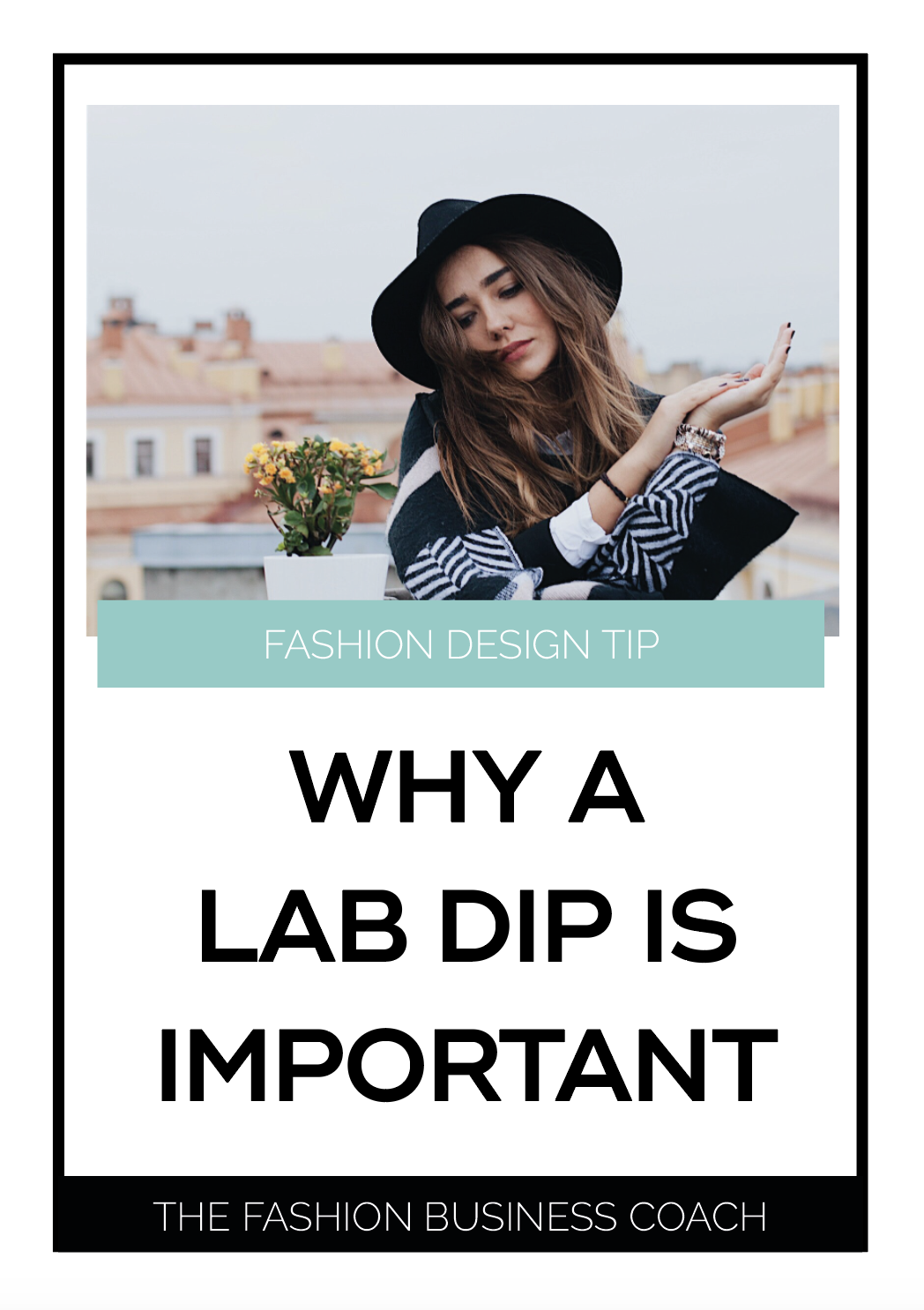
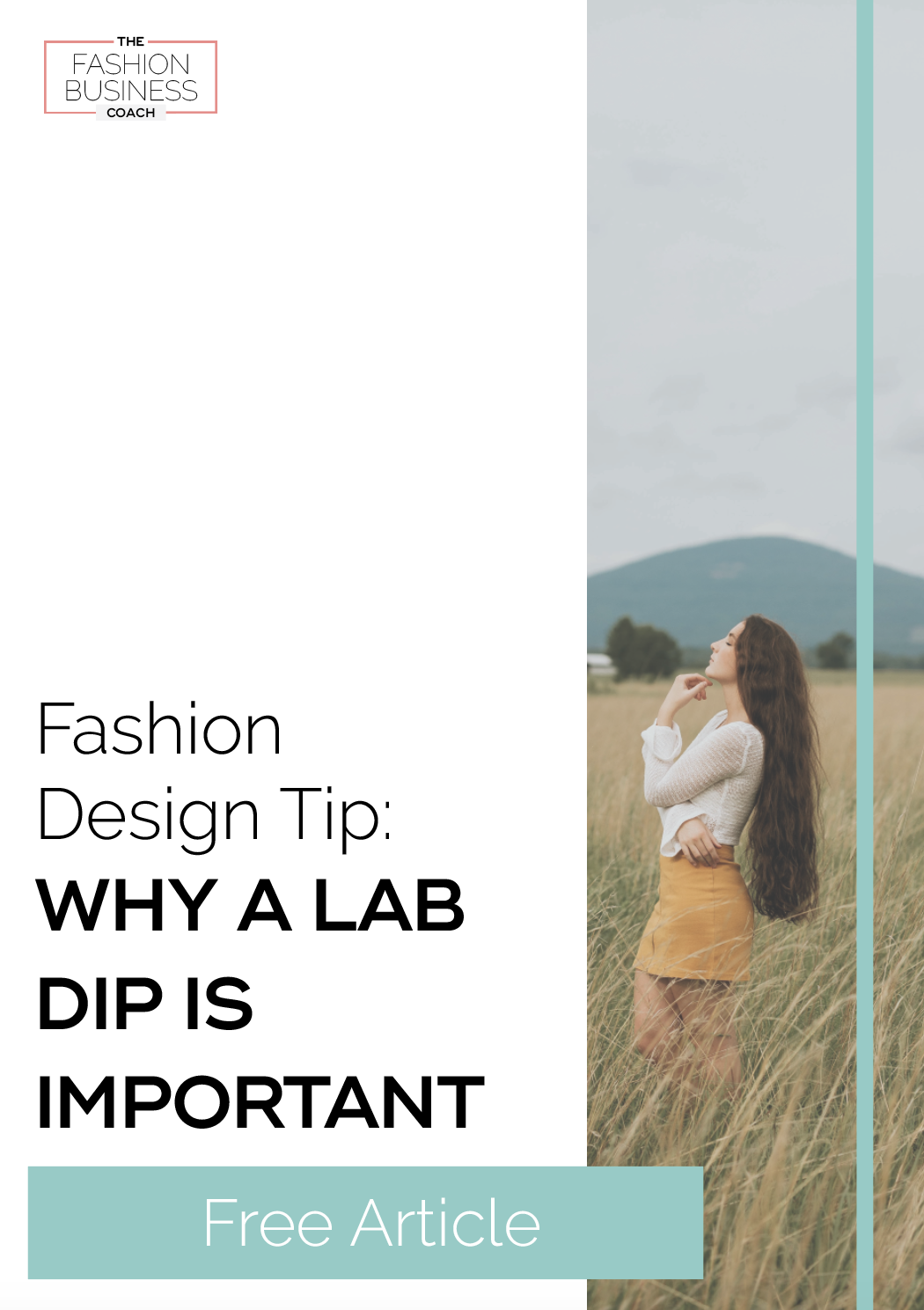
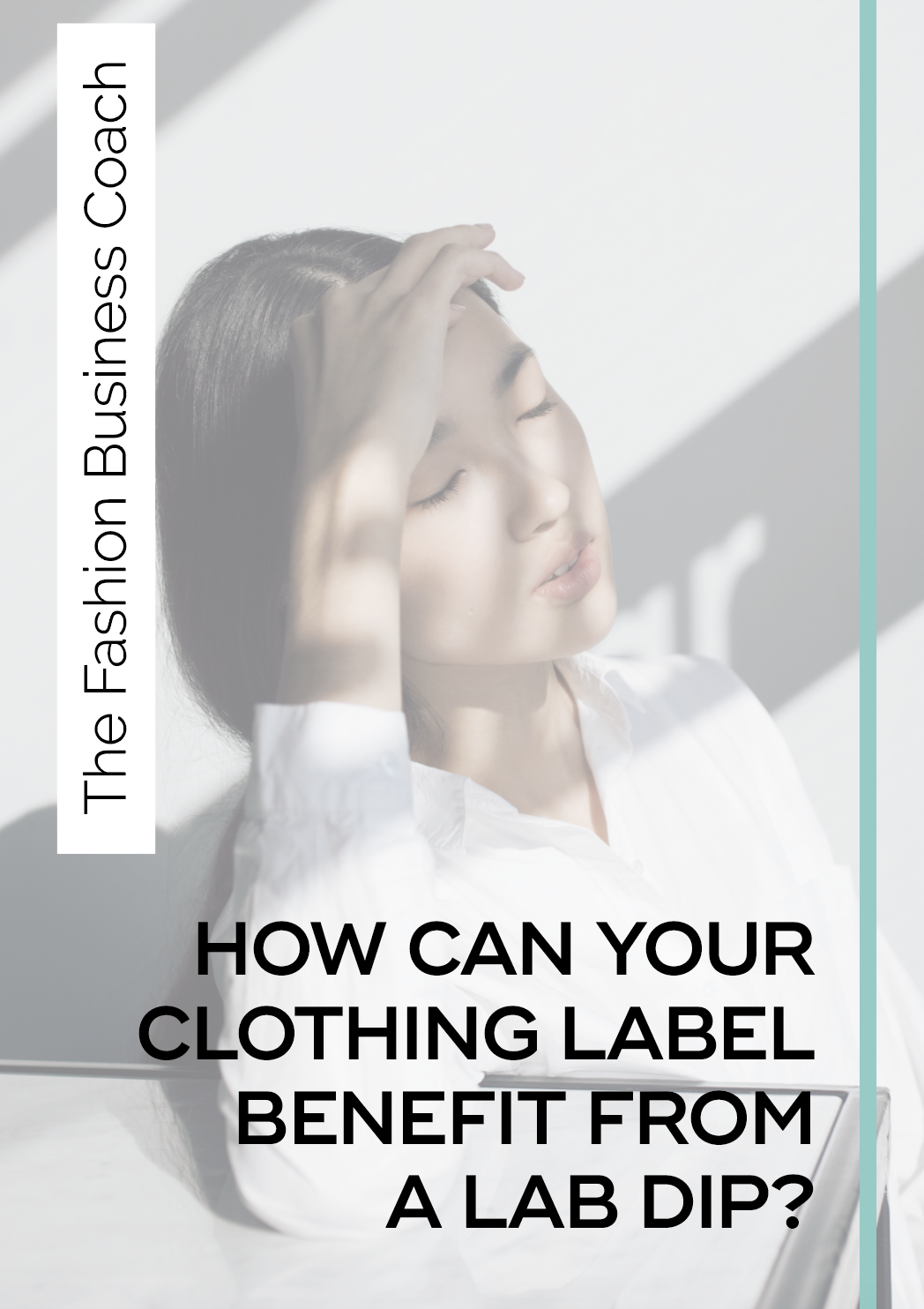
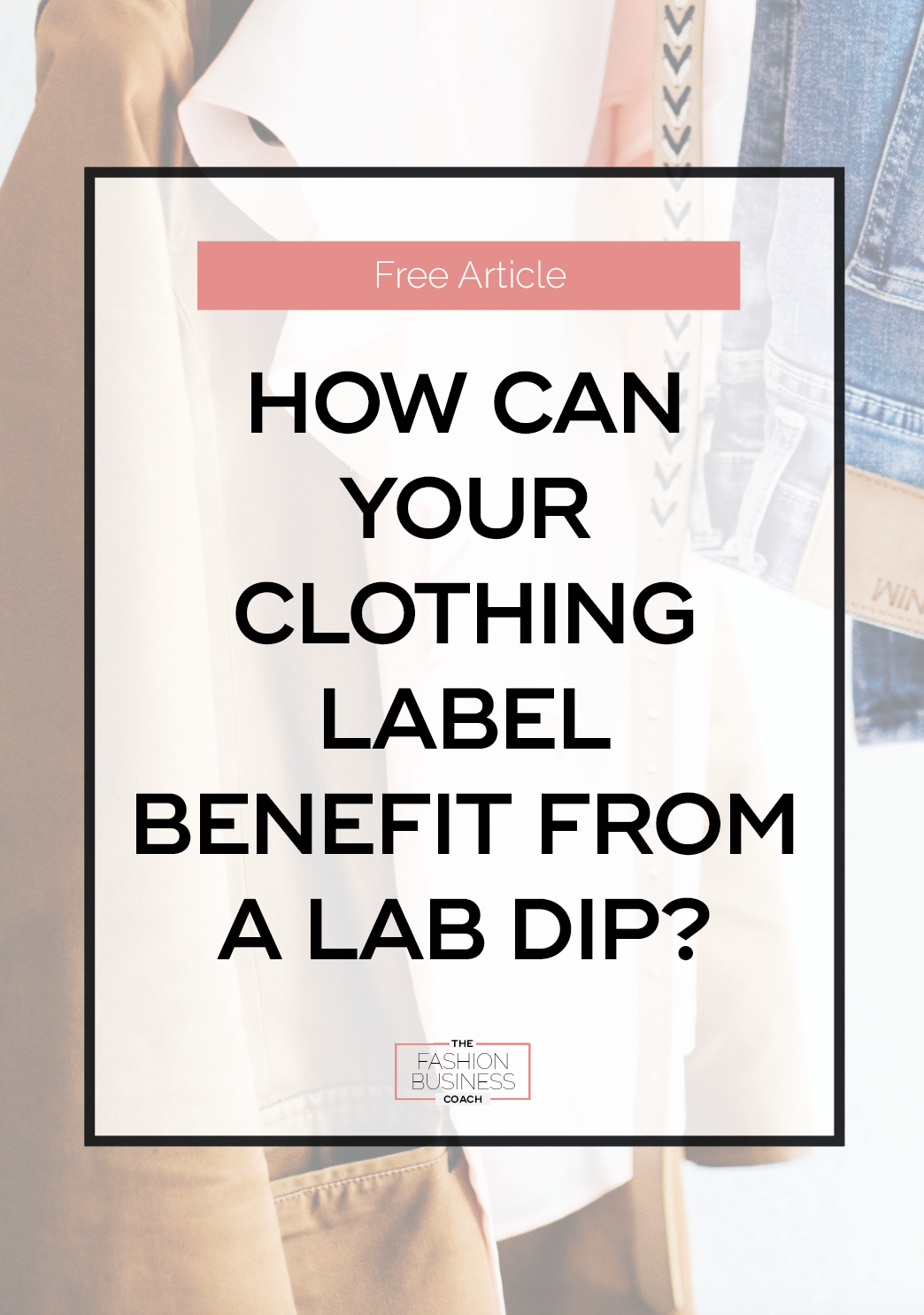
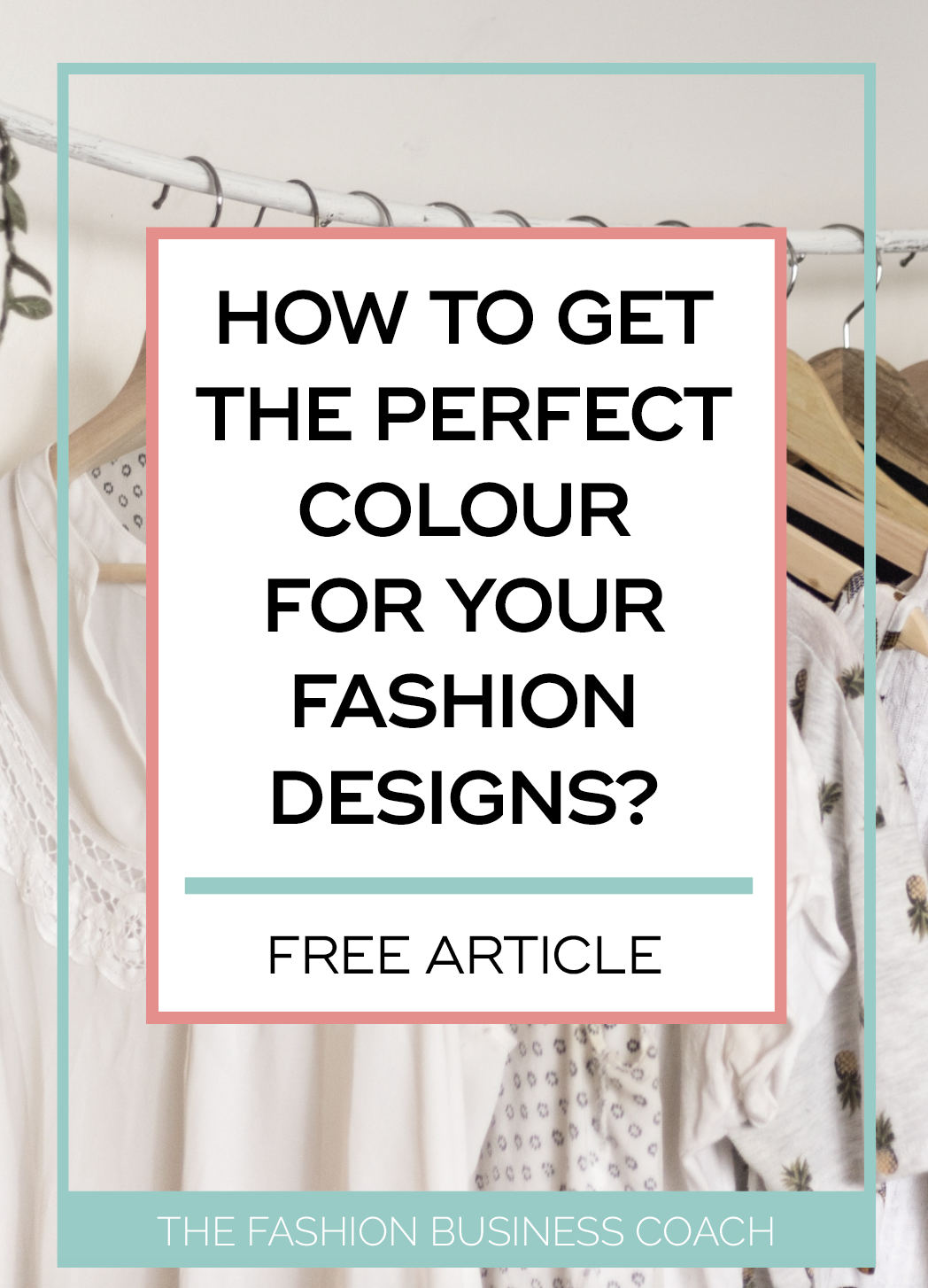
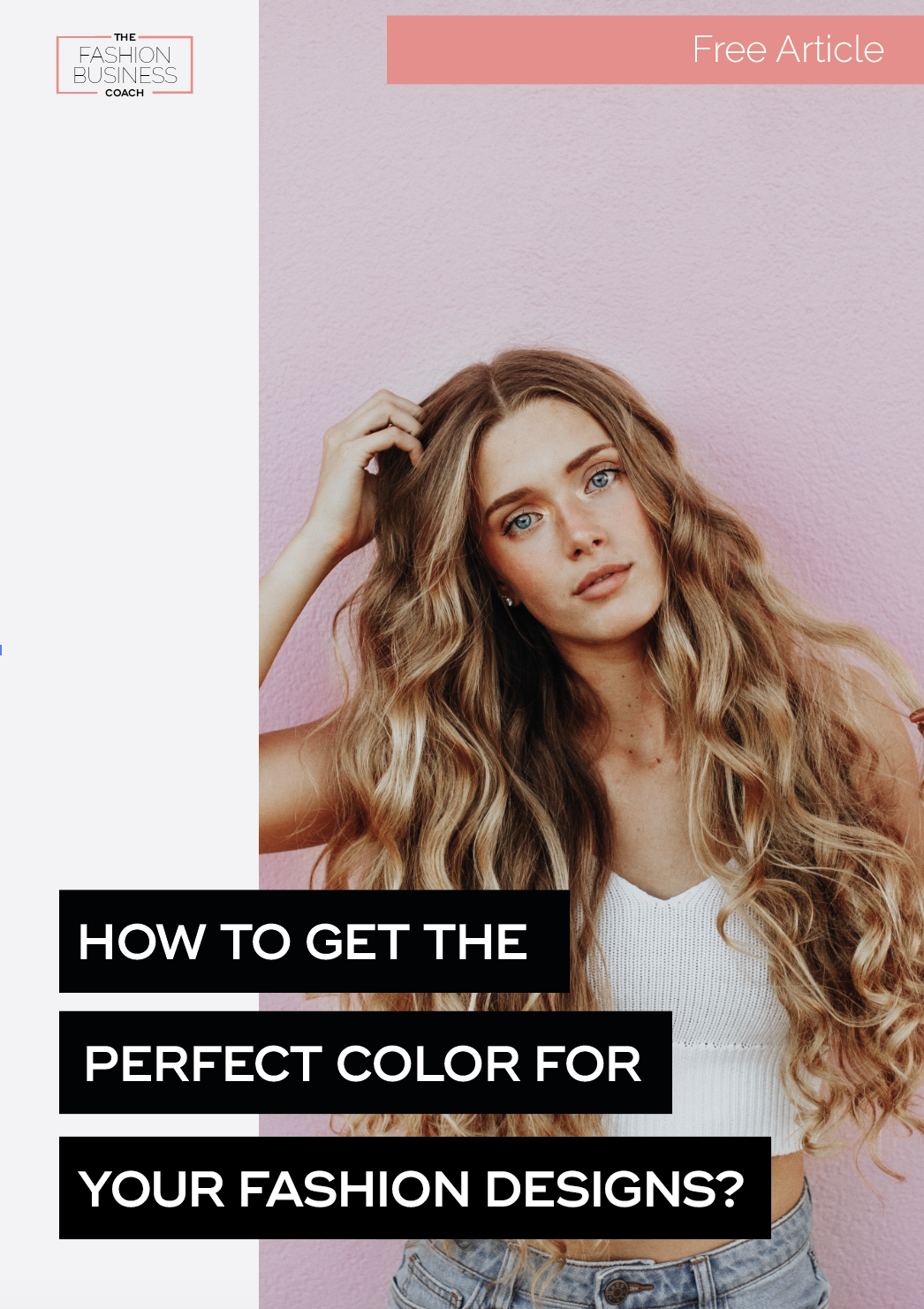
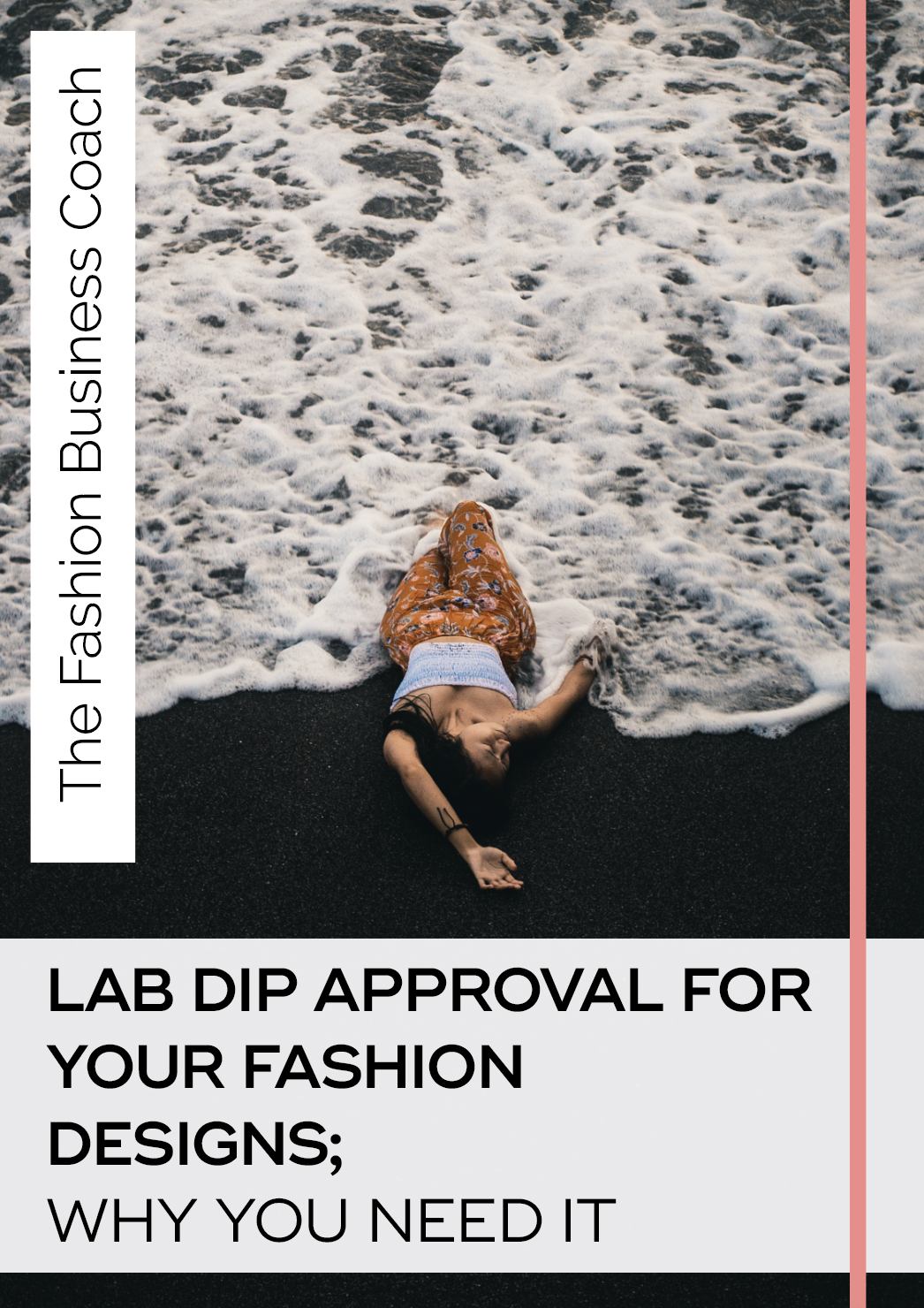
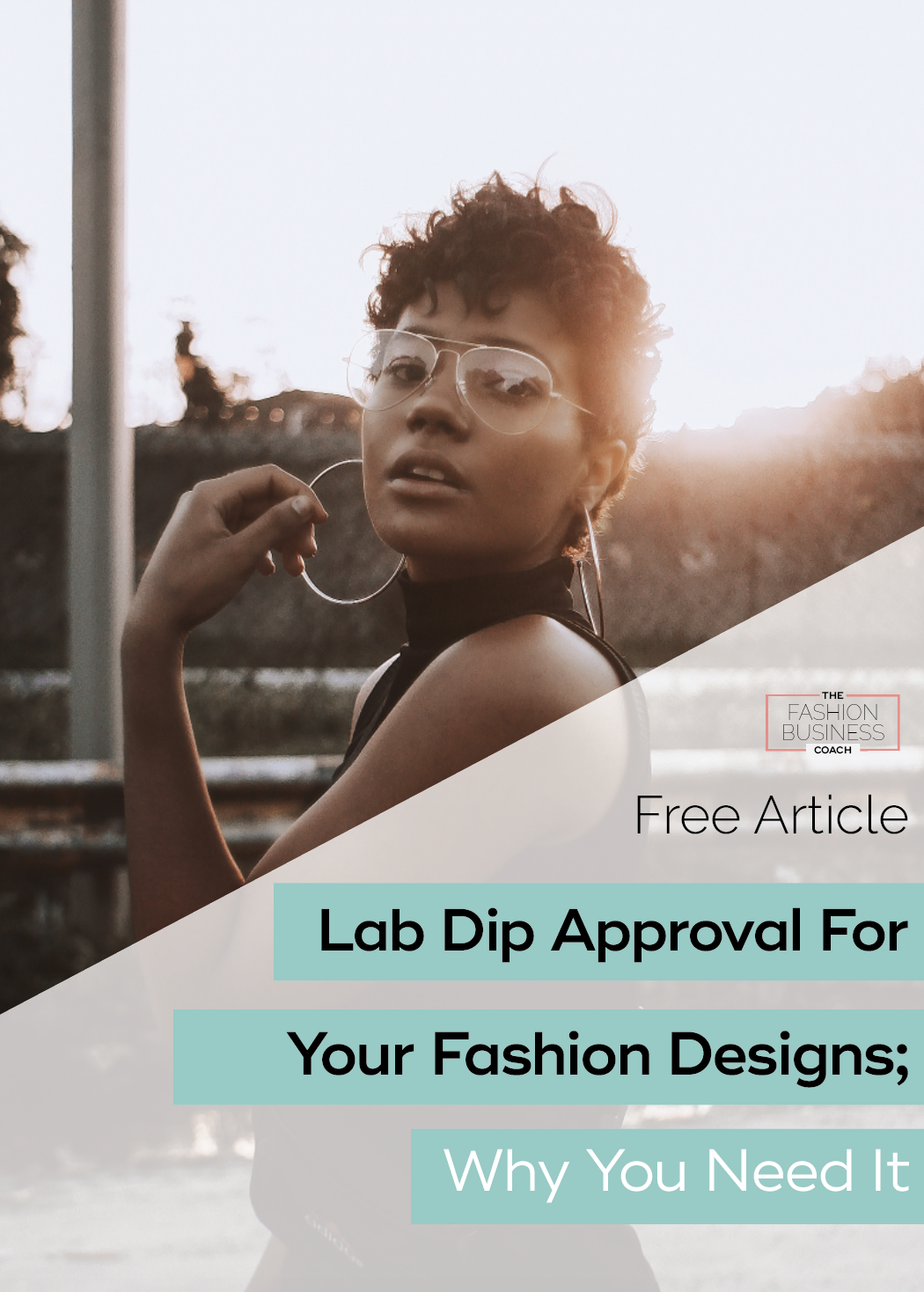
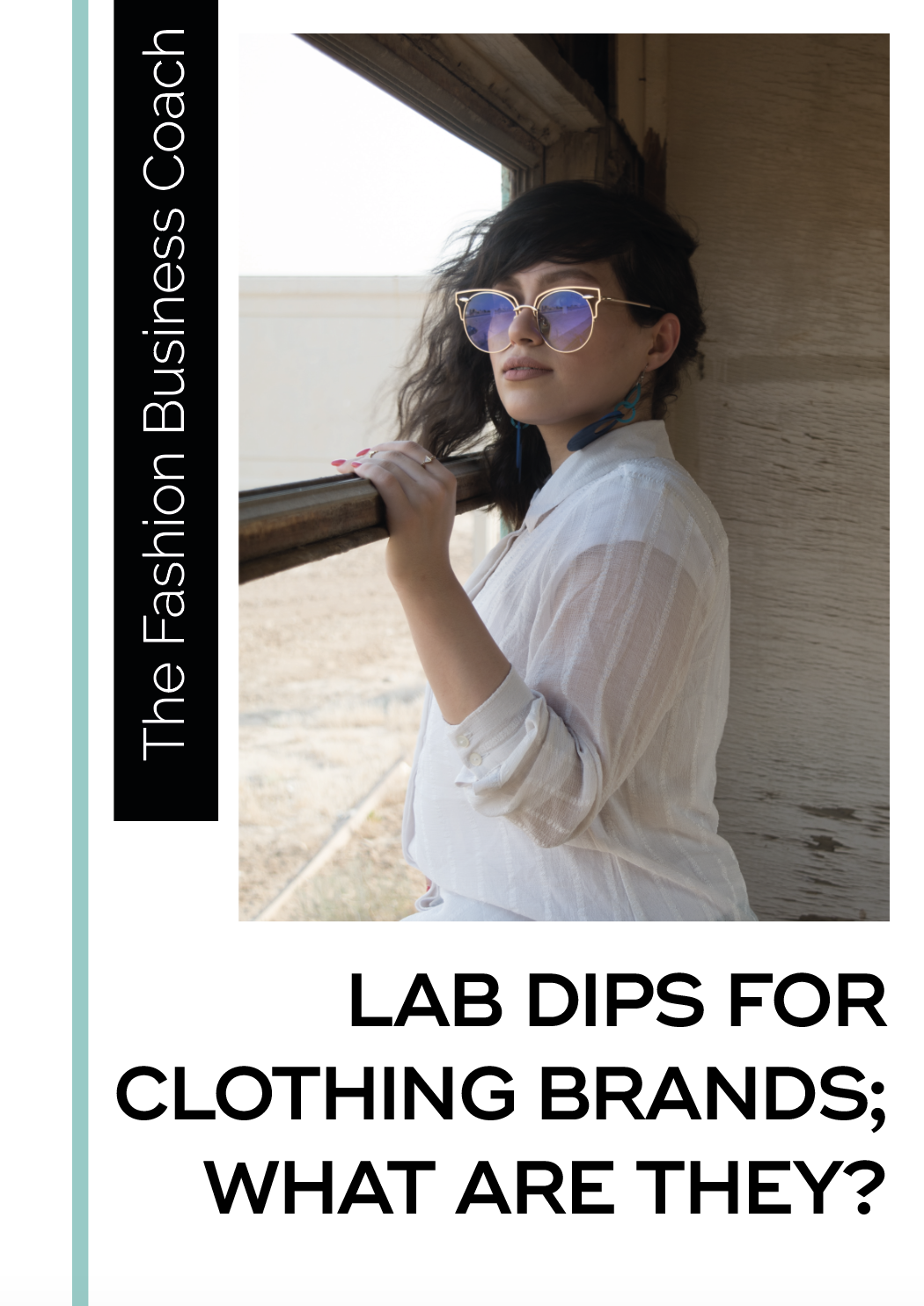
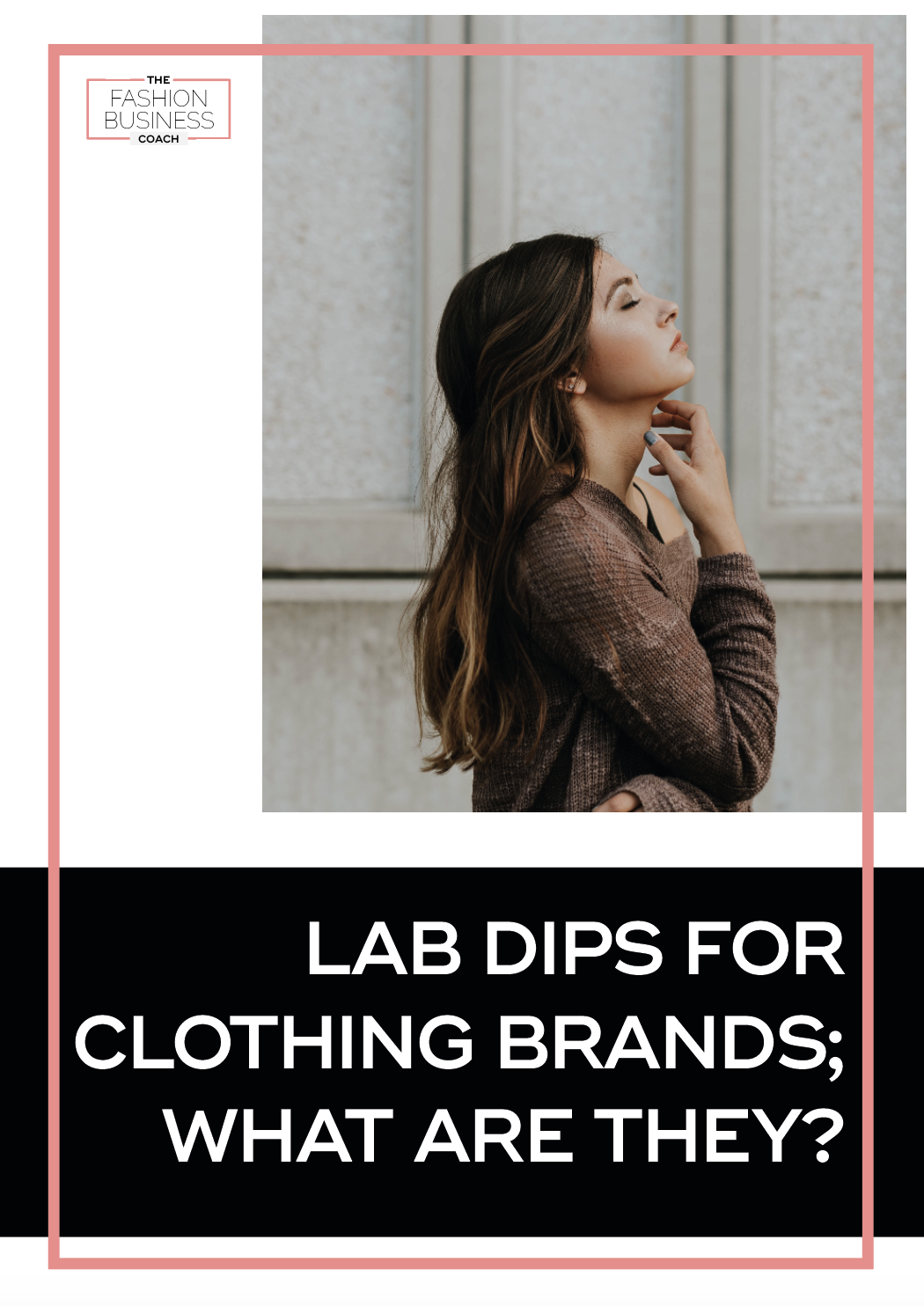















Pickleball outfit inspiration……